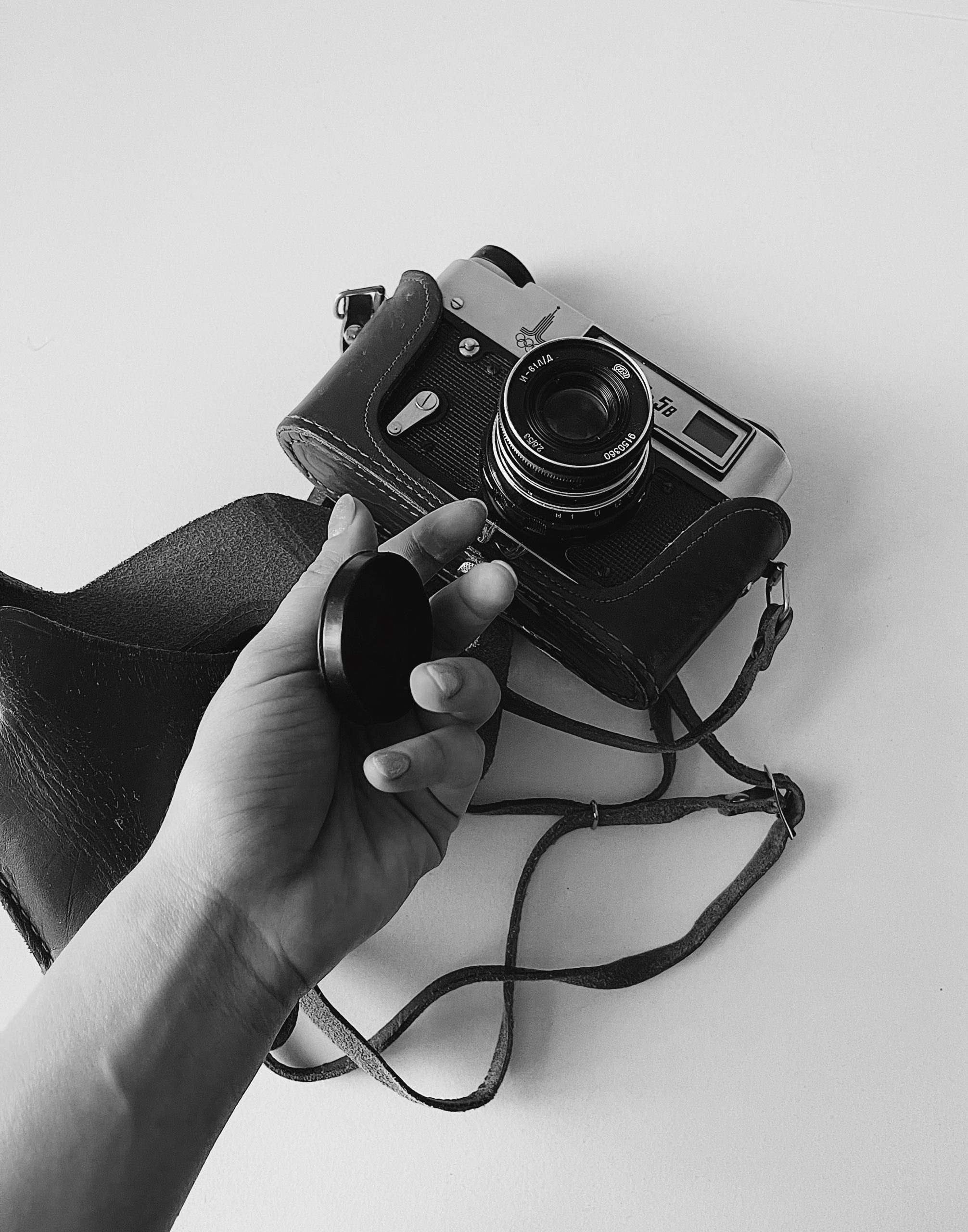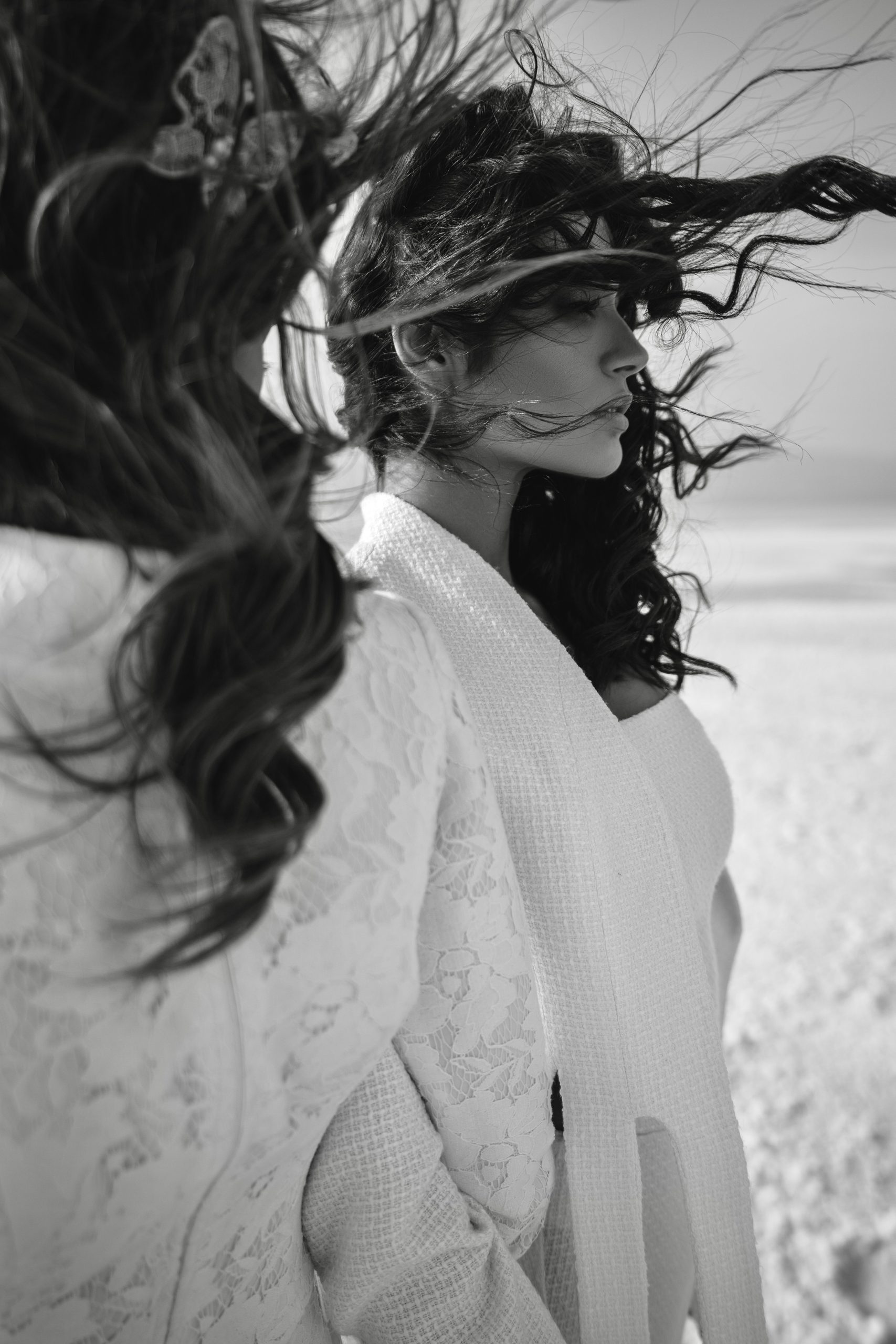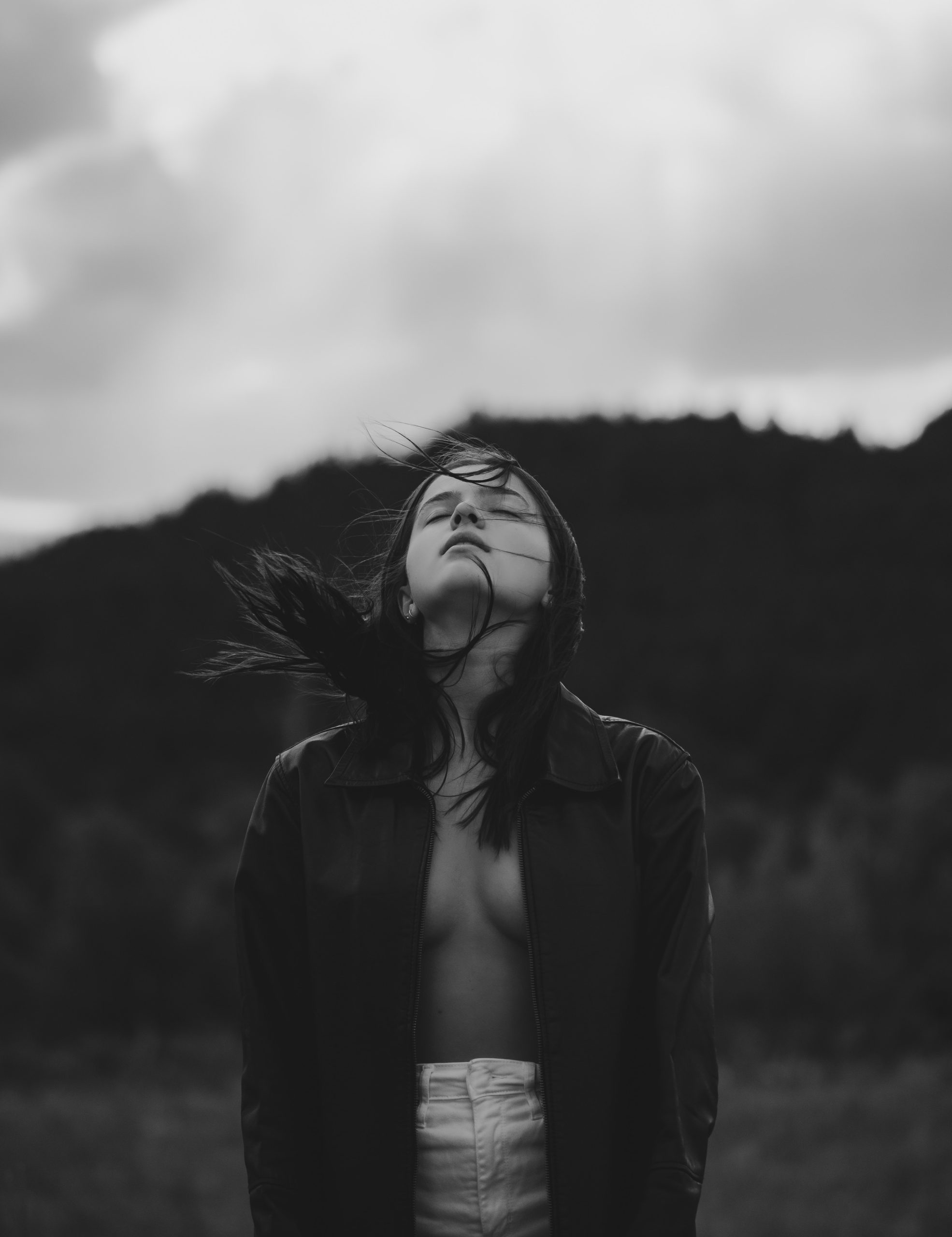
Photography history
The history of photography is as long and complex as the history of human civilization itself. In its simplest form, photography is the art and science of capturing light and converting it into an image. But the story of photography is much more than that. It is a story of technological innovation, artistic expression, and social change.
Invented in the early 1800s, photography was first used as a tool for documenting the world around us. If you have homework on this topic, then do my homework for me, this is one of the outputs. But it didn't take long for photographers to start using their cameras to express themselves creatively. By the mid-19th century, photography had become an important part of the art world, with photographers experimenting with new techniques and styles.
In the 20th century, photography continued to evolve, as new technologies and artistic movements emerged. From the illegal but influential work of street photographers to the sweeping landscapes of Ansel Adams, photography has been used to capture countless moments in history.
Today, photography is more popular than ever before. Thanks to digital technology, anyone can now pick up a camera and start taking pictures. Whether it's used for documenting our lives, capturing a moment of beauty, or telling a powerful story, photography remains an important part of our world.
Types of photos
There are a few types of photos that count as contemporary art.
Some of these types of photos are more common than others. For example, most professional photographers use some form of Photoshop manipulation to make their photos look and lab reports better. You can also write my lab report with the help of professionals. And many artists use composite images to create more interesting or surreal scenes.
But there are also a few types of contemporary art photography that are less common, but no less valid. These include:
1) Out-of-focus or blurry photos: These types of photos can be intentional, or they can be the result of a mistake. But either way, they can create an interesting effect.
2) Photos with unusual perspectives: This type of photography can involve using a fish-eye lens, or it can simply be a matter of taking the photo from an unusual angle. Either way, it can create an interesting effect.
3) Close-up photos: These types of photos can be taken with a macro lens, or they can simply be close-ups of everyday objects. Either way, they can create an interesting effect.
4) High contrast photos: These types of photos can be created by using a high contrast film, or by manipulating the photo in Photoshop. Either way, they can create an interesting effect.
5) Photos with strange colors: These types of photos can be created by using unusual color filters, or by manipulating the photo in Photoshop. Either way, they can create an interesting effect.
6) Composite photos: These types of photos are created by combining two or more images into one. This can be done for artistic or surrealistic effect, or simply to create a more interesting image.
7) Photorealistic drawings or paintings: These types of photos are created by drawing or painting over a photograph, to make it look more realistic.
8) Photos that have been altered using Photoshop: These types of photos have been changed using Photoshop, or another photo editing software. This can be done for artistic effect, or simply to make the photo look better.
9) Staged photos: These types of photos are created by setting up a scene, and then taking a photo of it. This can be done for artistic effect, or simply to create a more interesting image.
10) Conceptual photos: These types of photos are created to express an idea, rather than to simply capture an image. This can be done for artistic effect, or simply to make the photo more meaningful.
11) Installation photos: These types of photos are taken of installations, which are temporary works of art. This can be done for artistic effect, or simply to document the work.
12) Digital manipulated photography: These types of photos are created by manipulating the image in Photoshop, or another photo editing software. This can be done for artistic effect, or simply to make the photo look better.

How to become a photographer
There is no one-size-fits-all answer to this question, as the best way to become a photographer may vary depending on your individual goals and interests. However, some tips on how to become a photographer include studying the work of other photographers, practicing regularly, and striving to develop your own unique style. Additionally, networking with other photographers and attending photography exhibitions can also be helpful in furthering your career. If you are writing an essay on this topic for a university, you can ask professional authors to write my paper for me. This will help you save time searching for information on the Internet.
There is no one formula for becoming a photographer. However, there are certain steps that can help you on your way.
First and foremost, you need to have a passion for photography. This will fuel your desire to learn more about the art form and hone your skills.
Secondly, it is important to invest in a good camera. A DSLR camera will allow you to capture high-quality images. Thirdly, you need to be willing to invest time in learning the craft. This means taking classes, reading books, and practicing regularly. fourthly, you should try to develop your own style. This will make your photography more unique and memorable.
Finally, don't be afraid to experiment. Photography is all about trial and error. So go out there and explore! Who knows, you might just discover your signature style.
Сamera choice
When it comes to choosing a camera, there is no one-size-fits-all answer. If you want to pursue photography as a hobby, then you don't need an expensive DSLR camera. A point-and-shoot camera or even a smartphone will suffice. However, if you're serious about making a career out of photography, then you'll need to invest in a high-quality DSLR camera.
There are a few things you should keep in mind when choosing a camera. Сonsider what type of photography you want to do. If you're interested in landscape photography, for example, you'll need a camera with a wide-angle lens. If you want to do portraits, then you'll need a camera with a telephoto lens. Think about what features are important to you. Do you need a camera with a lot of megapixels? Do you want a camera that's lightweight and easy to carry around? Third, consider your budget. DSLR cameras can be quite expensive, so you'll need to make sure you can afford the one you want.
With all of these factors in mind, it's time to start shopping for your camera. Do some research online and read reviews to figure out which cameras are the best for your needs. Once you've found a few that you like, go to a camera store and try them out. handling the camera and taking some test shots. This will help you get a feel for how the camera works and whether or not it's the right one for you.
Now that you know how to choose a camera, it's time to start taking some amazing photos!

PHOTOGRAPHY VALUE
With the advent of new technology, photography has become more accessible than ever before. As a result, it has become an important form of contemporary art.
There are many different ways to value photography as contemporary art. One way is to look at the technical aspects of the image. This includes things like composition, lighting, and exposure. Another way is to look at the content of the image. This includes things like the subject matter, the message, and the emotions conveyed.
Technical aspects are important, but they are not the only thing that matters. The content of an image is also important. For example, a photograph of a beautiful landscape may be technically perfect, but it may not have much emotional impact. A photograph of a political protest, on the other hand, may be emotionally powerful without being technically perfect.
It's crucial to acknowledge photography as a distinct form of art and appreciate its intrinsic value, recognizing that its status as contemporary art is subjective. To fully appreciate its significance, one must consider the unique perspective and creativity brought by the photographer to their craft.